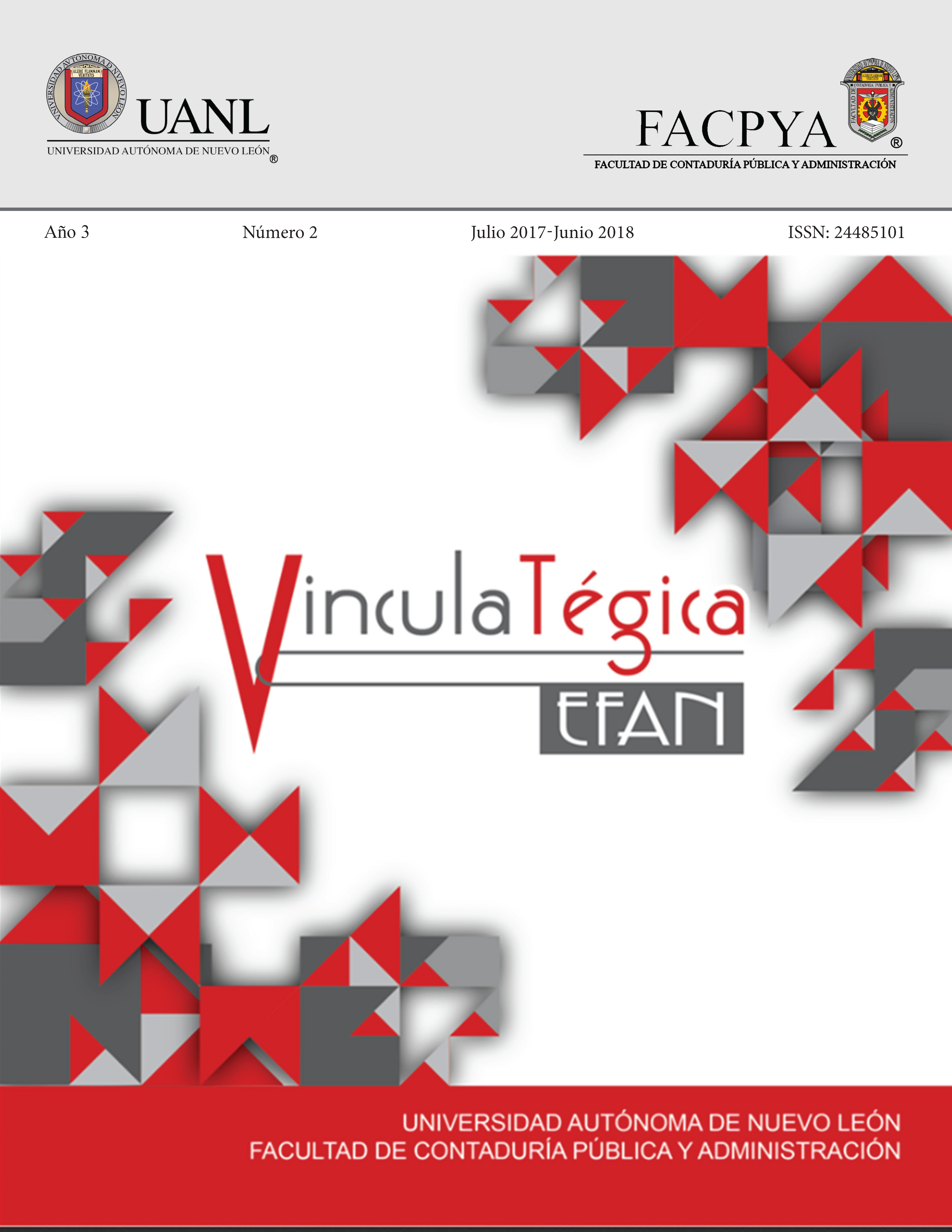Application of the Hierarchical Analytic Process to measure customer satisfaction in a Higher Education Institution
Keywords:
Satisfaction, Multi-Attributes, Hierarchical Analytical ProcessAbstract
The purpose of this work was to propose a structured method for evaluating customer satisfaction, based on the Analytic Hierarchy Process. This method can be applied regardless of the type of organization engaged in providing services and manufacturing goods. Similarly, a different application was found for the process, which is applied to decision-making. However, no documentation was found proposing the application of this method to evaluating customer satisfaction. This application was considered relevant and could be valuable for future research, as it represents an objective basis for weighing evaluation criteria, making customer perception tangible and measurable. The method was tested at a Higher Education Institution, obtaining a weighted rating with quantitative and objective characteristics, which resulted in its clients being satisfied on a scale of Good.
Downloads
References
Aguarón, J. (2001). The geometric consistency Index. Approximated thresholds (en evaluación). Estados Unidos: European Journal of Operational Research.
Betancourt, E. (2012). Medición de la satisfacción de usuarios. Cali, Colombia.: Universidad del Valle.
Coenes, A. (1996). Gestión de la calidad total. Madrid, España.: Díaz de Santos.
Coleman., L. G. (1992). Learning What Customers Like. Marketing News, 22-27.
Cristóbal., G. B. (2011). Introducción a la Ingeniería Industrial. México: Grupo Editorial Patria.
Delgado, H. (2011). Desarrollo de una cultura de calidad. 4ta. Edición. México: Mc Graw Hill.
Delgado, H., & Delgado, H. (2011). Desarrollo de una cultura de calidad. 4ta.Edición. México: Mc Graw Hill.
Everett, A. (2008). Productividad y Calidad. Su medición como base del mejoramiento. México: Trillas.
Francisco, M. G. (2007). Introducción a la gestión de la calidad. Primera Edición. Madrid, España.: Publicaciones Universitarias.
Hyman, B. (1998). Fundamentals of Engineering Design, Upper Saddle River. New Jersey: Prentice Hall.
Moguel, E. (2005). Metodología de la Investigación. Tabasco, México.: Universidad Juárez Autónoma de Tabasco.
Montgomery, D. y. (2006). Probabilidad y estadística. Aplicaciones a la Ingeniería. México: Mc Graw Hill.
Moreno, J. (2015). El proceso analítico jerárquico (AHP). Fundamentos, metodología y aplicaciones. España: Universidad de Zaragoza.
Namakforoosh, M. (2014). Metodología de la Investigación. 2da. Edición. México: Limusa.
Omachonu, V. (2014). Principios de calidad total. 3ra. Edición. México: Trillas.
Ortíz, E. (2005). Revisión del concepto de calidad del servicio y sus modelos. Innovar, revista de ciencias y administrativas., 44 51.
Pamies, D. (2004). De la calidad de serrvicio a la fidelidad del cliente. Madrid, España.: ESIC Editorial.
Pamies, D. (2004). De la calidad de servicio a la fidelidad del cliente. Madrid, España.: ESIC Editorial.
Tschohl, J. (2003). Servici Excepcional, el arma secreta. Miami, Estados Unidos.: Service Quality Institute Latin América.
Downloads
Published
How to Cite
Issue
Section
License

This work is licensed under a Creative Commons Attribution 4.0 International License.
a). Authors keep copyright and give the journal the right of the first publication of the work under a Creative Commons attribution license. This license allows others to share the work as long as original authorship and initial publication in this journal is acknowledged.
b). Authors may make other independent and additional contractual agreements for the non-exclusive distribution of the version of the article published in this journal (e.g., include it in an institutional repository or publish it in a book) as long as they clearly indicate that the work was published for the first time in this journal.







